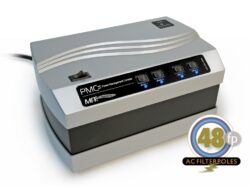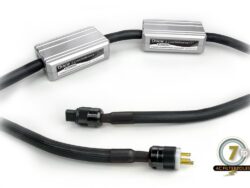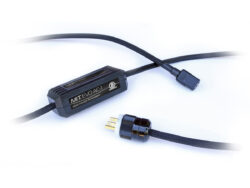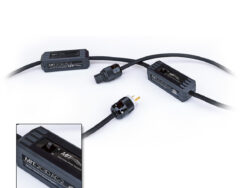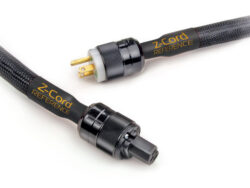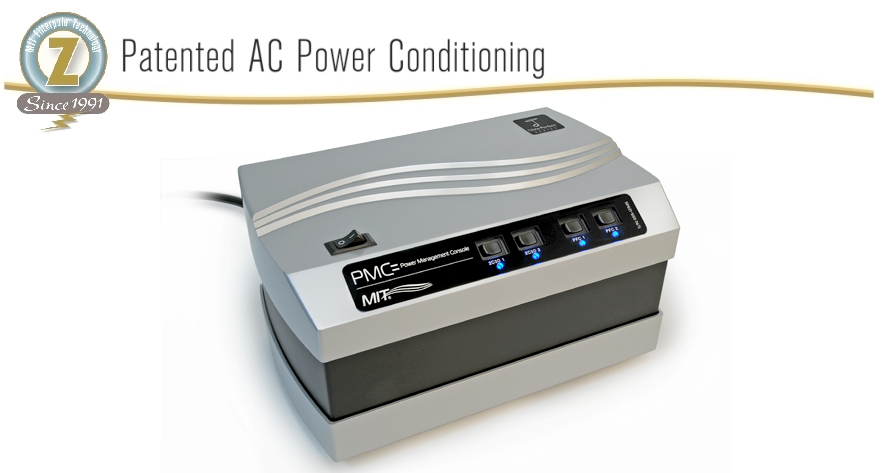

MIT's Power Conditioning Products:
MIT’s Z Power Conditioning patented AC power filtering technology is engineered to operate in parallel to the current flow, never in series like most other “power filters” do today. A series filter works by blocking, or rejecting certain types of noise. Imagine a series filter working by ‘shutting a door’ in the face of noisy pollutants. What happens to the noise after the door is closed? Since noise is energy, it cannot be destroyed; it must be consumed to be removed. So, when a series filter blocks or rejects unwanted noise, it simply reflects the noise right back to the source. The noise has not been removed, only reflected. This type of filter cannot rid itself of noise, as the noise is continually reflected between the series filter and the source, again and again.
In comparison the Z Power Conditioning uses patented parallel “AC Filterpoles”™; a tuned LCR technology. This technology eliminates reflections by efficiently absorbing all forms of AC noise on the mains, and then converting it into harmless thermal heat. The result? Once the MIT Z Power Conditioning products are working to clean, condition and protect your AV system, you will instantly enjoy “blacker” blacks, better color saturation, and increased shadow detail; Movie sound tracks will deliver dialog, Foley sounds and background music with Theater-like quality. Because your audio system now has a lowered noise floor, you will have pinpoint audio image placement within a lifelike soundstage, all with clear and authoritative bass.
What are Filterpoles?
‘In comparison Poles of Attenuation (Referenced in The Impedance Domain) A properly built AC filter will not only attenuate un-wanted noise on the AC powerline, but it will also optimize the power factor. Power Factor is a (dimensionless) number between 0 and 1. When power factor is equal to 0, the energy flow is entirely reactive, and stored energy in the load returns to the source on each cycle. When the power factor is 1, all the energy supplied by the source is consumed by the load and nothing is reflected back to the source. MIT was awarded a patent on this technology regarding audio in July 13, 1993: number 5,227,962.
The best way to attenuate unwanted noise is to create a very low impedance (a zero of impedance across the load which acts as an attenuation pole to the noise) surrounding the frequency (or frequencies) of the undesirable noise. In the case of audio, that would be at any frequency other than the powerline frequency. This is best accomplished by placing a tuned circuit in parallel, around the load. MIT was awarded this patent in November 9, 1993: number 5,260,862.

